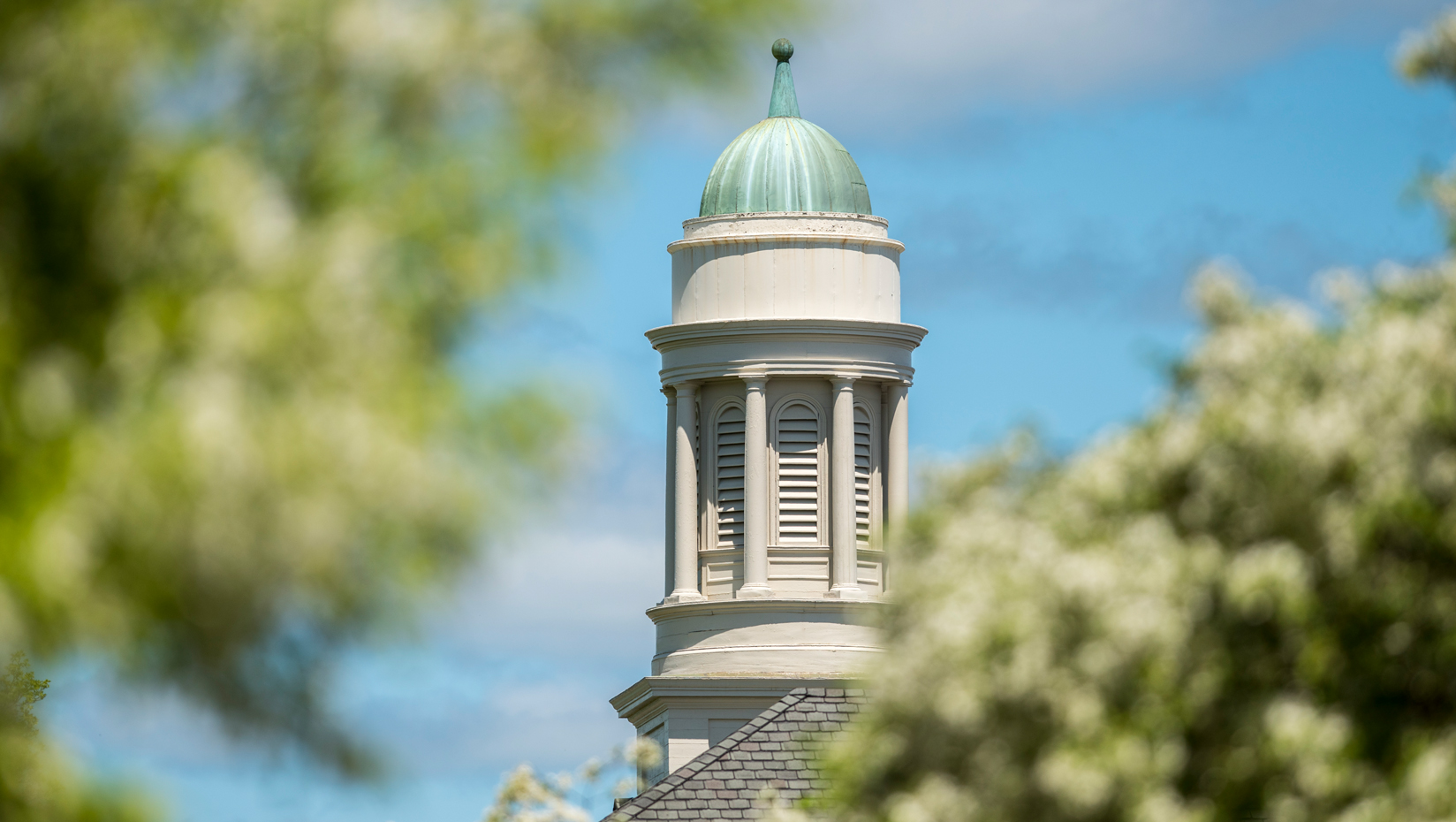
UMaine awards Sandweiss the 2017 Presidential Research and Creative Achievement Award
A forensics researcher on the front lines of the drug abuse crisis in Maine and nationwide, the founder of UMaine’s nationally recognized Writing Center and an international expert on El Niño will receive the University of Maine’s top annual faculty awards.
Research Professor Marcella Sorg will receive the 2017 Presidential Public Service Achievement Award; Professor of English Harvey Kail will receive the 2017 Presidential Outstanding Teaching Award; and Professor of Anthropology and Quaternary and Climate Studies Daniel Sandweiss will receive the 2017 Presidential Research and Creative Achievement Award.
The three awards will be presented at the President’s Faculty Recognition Luncheon May 13.
“The outstanding contributions and achievements of Marci, Harvey and Dan speak to the mission and leadership of Maine’s public research university,” says UMaine President Susan J. Hunter. “All three award winners have contributed to the UMaine student experience in and out of the classroom and made a difference in Maine through the caliber of their teaching, research and engagement.”
Sandweiss, who is a Cooperating Professor in the School of Earth and Climate Sciences, is an archaeologist with an interdisciplinary focus on the intersection of humans, climate and environment, predominantly in Peru. Much of his pioneering research focuses on early colonization of South America and the origins of El Niño, the Pacific Ocean phenomenon that can affect weather around the globe.
Milestones in Sandweiss’ work include the discovery of what was until recently the oldest fishing site in the Americas at Quebrada Jaguay in Peru and the excavation of Túcume in Peru — the largest pyramid center in South America.
Using archaeological remains as records of past climates, Sandweiss also discovered that El Niño events had varied frequencies during the Holocene (the last 11,400 years). He also shed light on the role of earthquakes and El Niño floods in Peruvian beach-ridge formation, and the effects of the Spanish Conquest on the preservation of these ridges.
In 1993, Sandweiss became the first U.S. archaeologist to conduct fieldwork in Cuba following the 1959 Cuban Revolution.
Funding for his research has come from the National Science Foundation, National Geographic Society, NASA, the Heinz Charitable Trust and others.
Sandweiss has an extensive publication record that includes book chapters, co-authored books and highly cited journal articles. He has authored or co-authored 10 papers in Science, four in the Proceedings of the National Academy of Science, and one in Nature.
His contributions to archaeology and science have garnered numerous awards. Among them, the Ripp Rapp Archaeological Geology Award from the Geological Society of America in 2016, and the 2015 Research and Creative Achievement Award from UMaine’s College of Liberal Arts and Sciences.
In 2014, Sandweiss became the first College of Liberal Arts and Sciences faculty member to be elected an American Association for the Advancement of Science (AAAS) Fellow, an honor awarded to those who “advance science, engineering, and innovation throughout the world for the benefit of all people.”
Sandweiss has been a member of the UMaine community for 24 years. He holds a Ph.D. from Cornell University.
